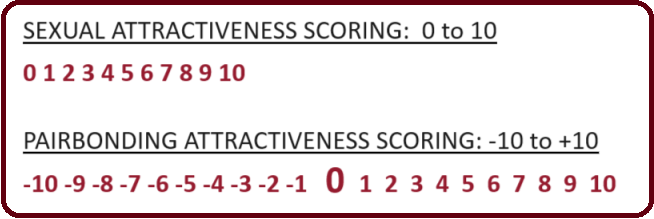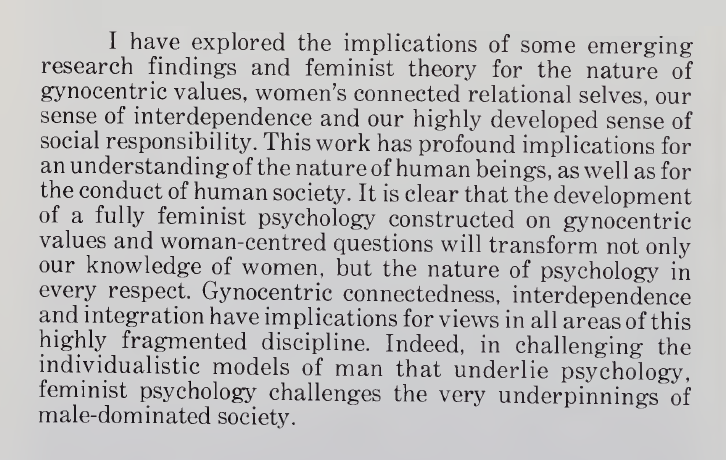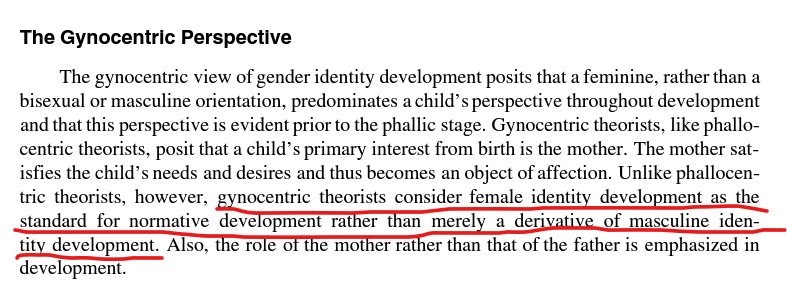By Paul Elam
Let me tell you what I’d do if I liked money more than self-respect. I’d go to the local shopper’s club and buy a hundred gross of small brown paper bags. Then I’d drive out-of-town to the nearest auction barn and pay them a fair price to let me go into the stalls and fill every bag with an even pound of cow crap.
Then I’d slap on some shiny pink labels with “Bag-O-Women’s-Self-Esteem,” printed on them in a distinctly womanish font, add a five, no, ten-dollar price tag, and tie ’em closed with couple of nice frou frou ribbons. Next, I’d set up a kick back arrangement with Oprah in exchange for an endorsement and take out an ad in Cosmo or Redbook.
Then I would head down to Belize and sit on the beach, throw back cocktails and check the bank account on my android 8 or 10 times a day. After about a week I’d buy the beach I was sitting on, and maybe that cute little senorita that was fetching my drinks. The word expatriate would start sounding pretty good.
And I’d be doing myself and you ladies a big favor. It would be perfect synergy. I like money, and you like buying disingenuous bullshit that feeds your narcissism.
You’ve been doing it for as long as I can remember. Fake self-esteem, like 98% of everything else that is marketed just to females, is just ego food for the insatiably hungry. It has become the psycho-porn of the western woman, with profits that would put a twinkle in Bill Gates’ eyes. How much profit exactly is anyone’s guess.
What I do know is that the narcissism racket comes in a lot of guises. I will deal with the two major ones here because that is all I have time for.
First, the plastic surgery route. With 8-year-olds getting bikini waxes and high school juniors getting fitted for an instant C cup, it is a growing industry for the grrls. Cosmetic surgeons know exactly how much narcissistic gratification results when your tits are bigger, producing more drooling mouths and hungry eyes. More adulation at first sight.
This is the narcissistic fulfillment that they pass off as self-esteem, and they use it as an advertising come on in the same way beer companies use girls in bikinis. Since you are the consumer, it sells like cheap crack in a bad neighborhood. And so now you and your sisters are lined up like schoolgirls for tickets to see Taylor Swift, to get cut and stretched, injected and inflated, and to have your fat asses suctioned down to bubbles of perfection.
But, there is one ever so slight problem. Actually, it’s a big one.
You see, narcissism isn’t self-esteem. Not even close. If you think self-esteem and the self-obsessed craving for worship are the same thing, then go buy those plastic titties. They will match your character and personality just fine, and they might go a long way toward a career as a porn star or topless dancer if the scars don’t show too much. After all, it’s common knowledge that self-esteem abounds for women who can squat down and pick up folded dollar bills off the floor with the crack of their ass while a room full of drunks howl at them.
Then you can attract more men and join the millions of other women that spend their time bitching about how those men won‘t look at them from the neck up. It’s a small price to pay for all that “self-esteem.”
Tell you what -today only- two bags of cow shit for the price of one.
Now, if you are not on an elective surgery budget, you needn’t feel left out. There is a whole world of cheaper but equally fake assistance with your problem. It’s the Stuart Smalley route of the self-esteem simpleton. And it is for sale in the wacky world of mental health. The purveyors, usually women who are every bit as narcissistic as you, are scattered across the world-wide web, thicker than Henry Kissinger’s accent. For a mere hundred or two hundred per hour, they will give you the stalwart advice to look in the mirror -each and every day- and say really affirming things like “I am unique. I am special. I am the only ‘me’ there is!” They will advise you to smile while saying it, but I dare you to simply keep a straight face.
They will tell you there are lots of reasons you don’t have self-esteem. The most common one being men that don’t see just how special you really are, or don’t tell you as much every 15 minutes. No narcissism there, eh?
Those women love to tell you that failure to saturate you with adulation is where you lose your self-esteem. They’ll tell you, with faces as straight as bourbon whiskey, that this is where your self-esteem gets lost, like the pocket you kept it in had a hole in it and a hundred hours of therapy would help you find it again.
Actually, they will make it look a little more sinister. It’s like this: You get into a relationship and at first he is all roses and chocolates and the compliments you so desperately need. After time though, he starts saying things that are not really bad, but just a little cutting, like “I’m going fishing with my friends,”
After some more time passes, it gets worse. When his fishing trips don’t stop simply because you tell him how important it is for him to give them up for you, what started as “I’m going fishing with my friends,” ends up being “Get off my back you insufferable fucking control freak.”
With that, Self-esteem, or the narcissism disguised as much, goes right into the drink.
Seriously though, ladies, disinformation about your self-esteem aside, the self-help gurus aren’t any better at it than the cutters. And they miss the most important thing about self-esteem, just like you do.
The cold truth is that if you have self-esteem, something very different from narcissism, nobody can take it from you. And if you can surrender it to someone, even an asshole who says he loves you, then you never had it to begin with.
That is partly because there is no such thing as self-esteem. It is just a made-up word; a marketing tool to get into your purse, or through you to your man’s wallet. They just call it self-esteem instead of narcissism because women won’t pay to address their narcissism.
There is, however, another asset you might consider. It’s called self-respect. And self-respect, since it must be earned, is rarely sacrificed. And if you have it, you probably don’t need a therapist or a surgeon.
When you have self-respect, respect from others is a given. But you can’t have respect from others or yourself if what you keep chasing is actually a form of worship. And if you are the average woman in today’s world, you don’t have a damned clue as to the difference. It makes selling you bags of bullshit all the easier. In fact, as long as you insist on hanging on to the idea that you’re not really a narcissist, it makes selling you anything but bullshit impossible. Narcissists don’t buy self-improvement, or, for that matter, anything truthful.
Unlike what any plastic surgeon or psychobabble spouting huckster will tell you, you have to get off your ass and earn the way people see and treat you, and the way you see and treat yourself.
You do this through the development of your character, not as a princess or little girl or the self-designated center of someone else’s universe, but as a grown human being with more focus on your responsibilities than your entitlements. Ante up like a big girl and see how quickly the world, and men, treat you like one.
But the real trick here is for you to understand that people, particularly men, failing to meet unrealistic expectations isn’t robbing you of anything. They aren’t respecting you by catering to your narcissistic childishness, they are just giving in to it, and, in the mother of all ironies, disrespecting themselves.
Now you can take this advice, which is totally free, and start applying it today. You can start by putting down the mirror and looking inward this very minute. Before you know it other people, men included, will be looking at you in a way you have likely never seen before. With genuine admiration. I know, it’s a poor substitute for adulation, but in the real world it has to do.
Or, if you just can’t wrap your mind around the idea that the onus is on you to get the job done; that self-respect is a by-product of maturity and humility, I have another form of self-esteem, right here, by the bag full.
Operators are standing by.


